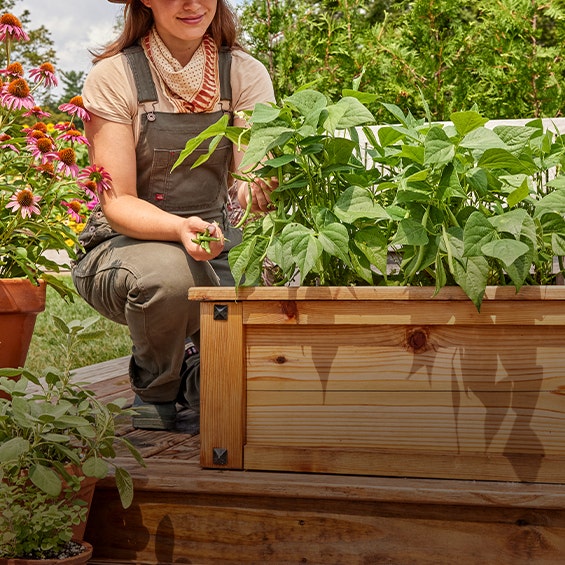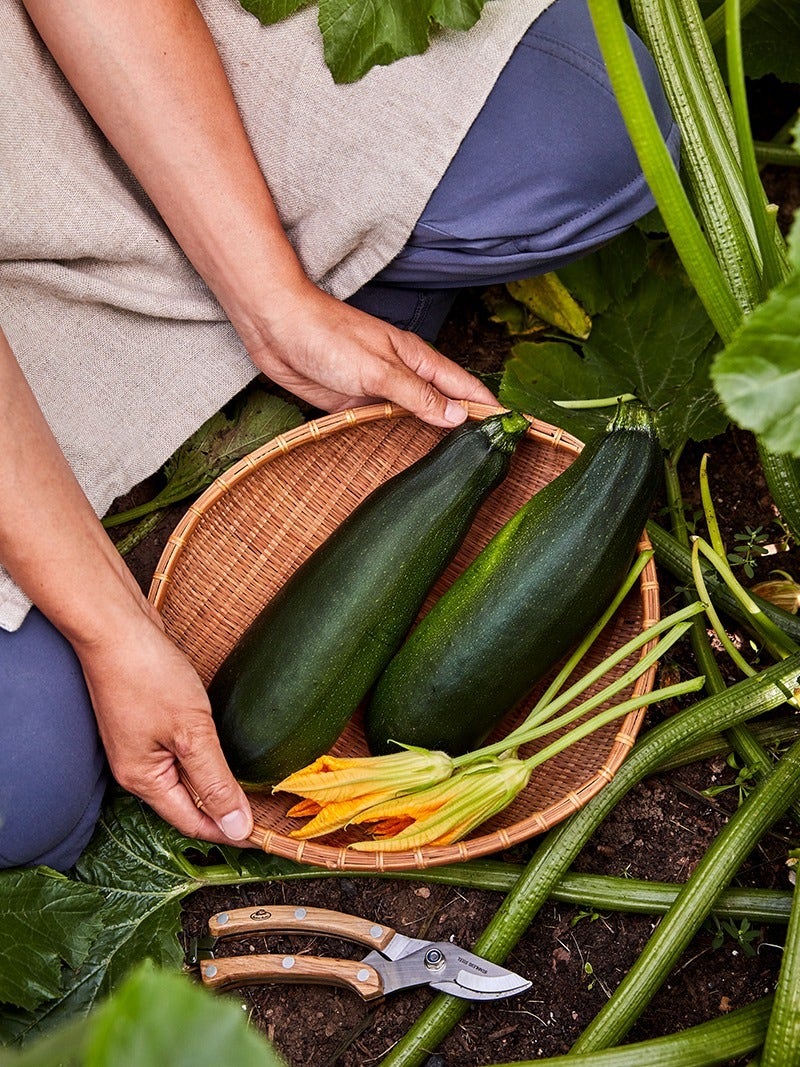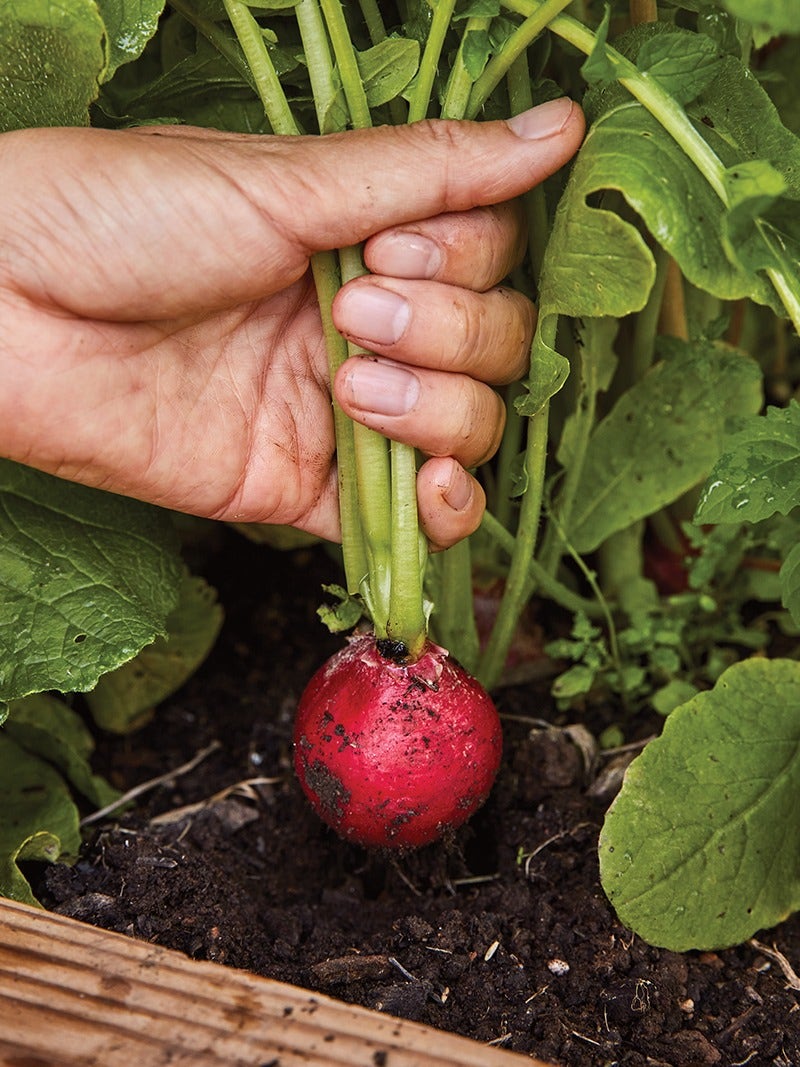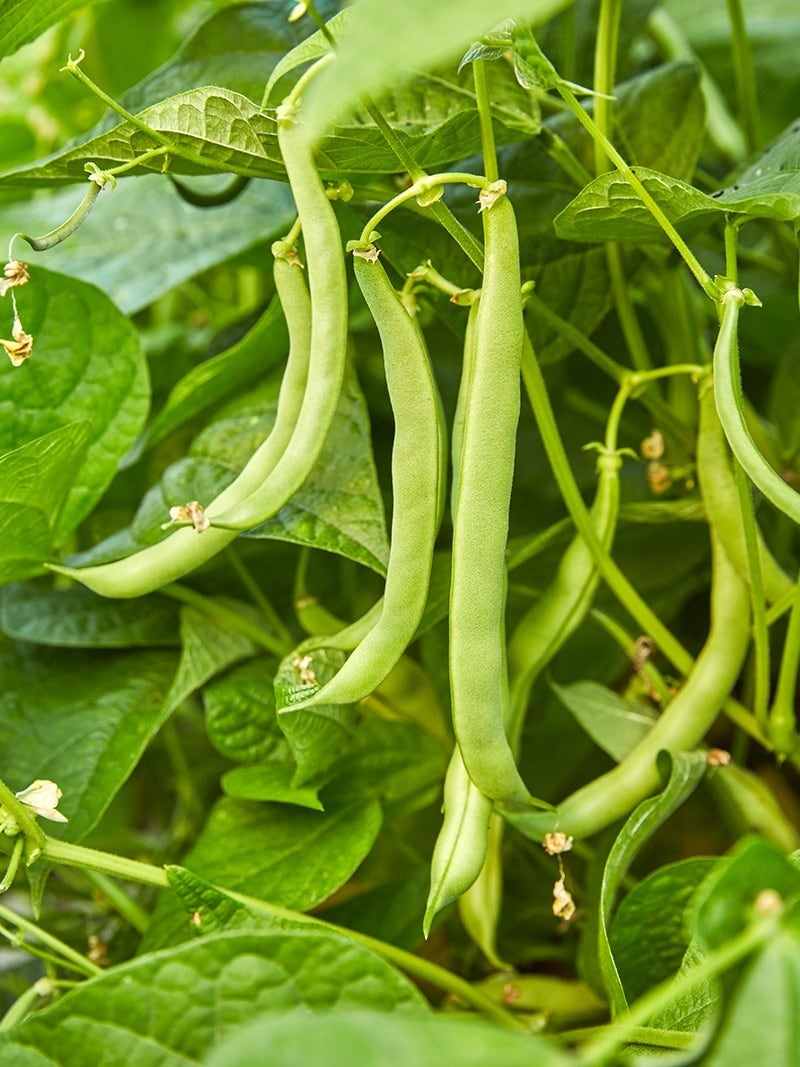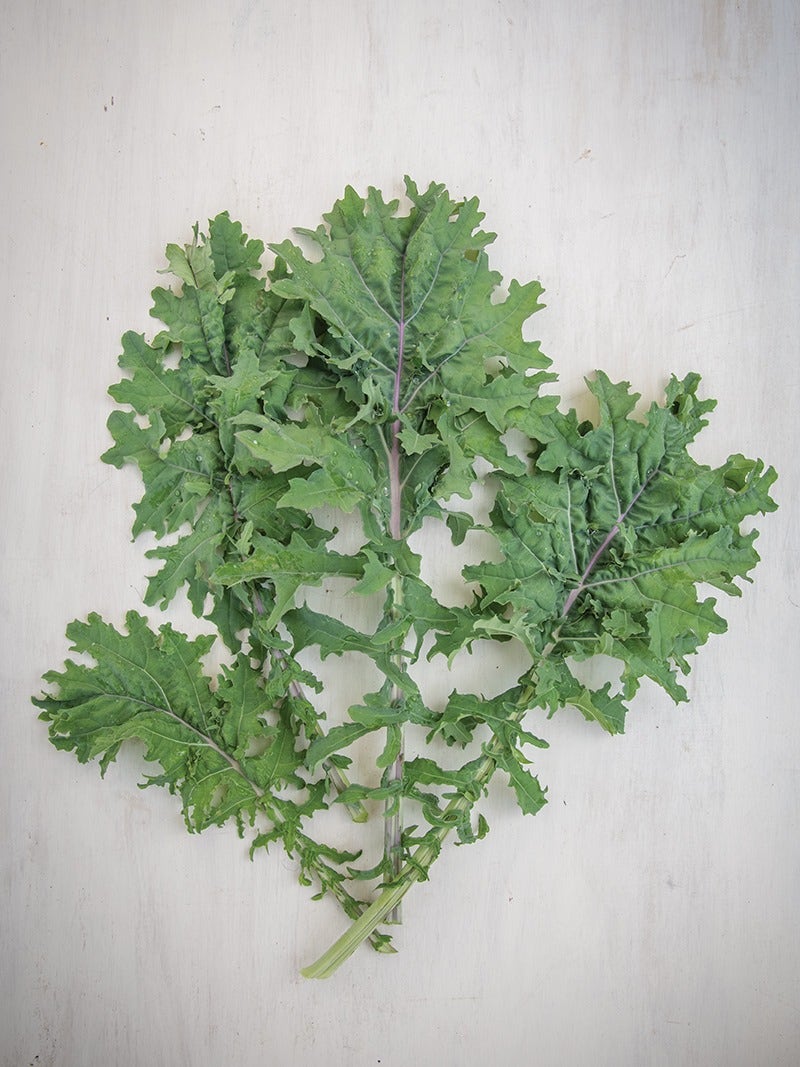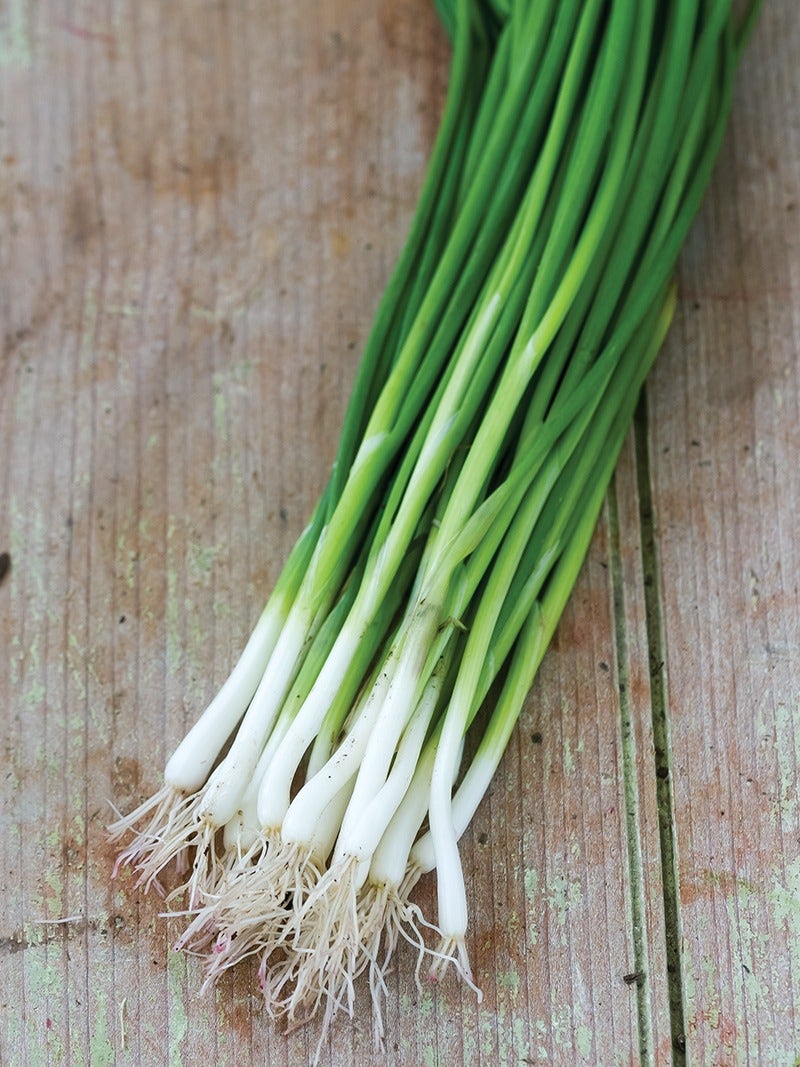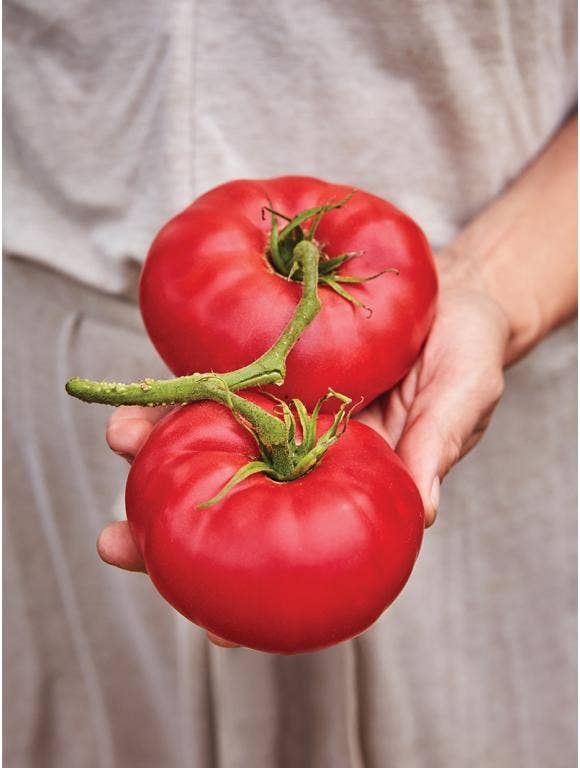
Heirloom vegetables are full of flavor, come in all sorts of interesting shapes and colors, and bring fascinating slices of history to your table — what’s not to love? If you need to be persuaded to plant some this season, here are our top tips for growing heirloom vegetables and recommendations on what to grow.
Why Grow Heirloom Vegetables?
When you plant heirloom vegetable garden seeds, you’re a part of a long line of growers tending these special varieties. Many heirlooms have been passed down through families or shared among friends, and there’s a reason these plants continue to be favorites year after year, decade after decade.
You often won’t find heirloom vegetables in the produce aisles of your local grocery store, as the fruit can be more delicate and doesn’t ship as well — but it can also be more flavorful! And there is so much diversity among heirlooms in size, shape and color — from tiny currant tomatoes to huge Mortgage Lifters, purple broccoli to striped beets.
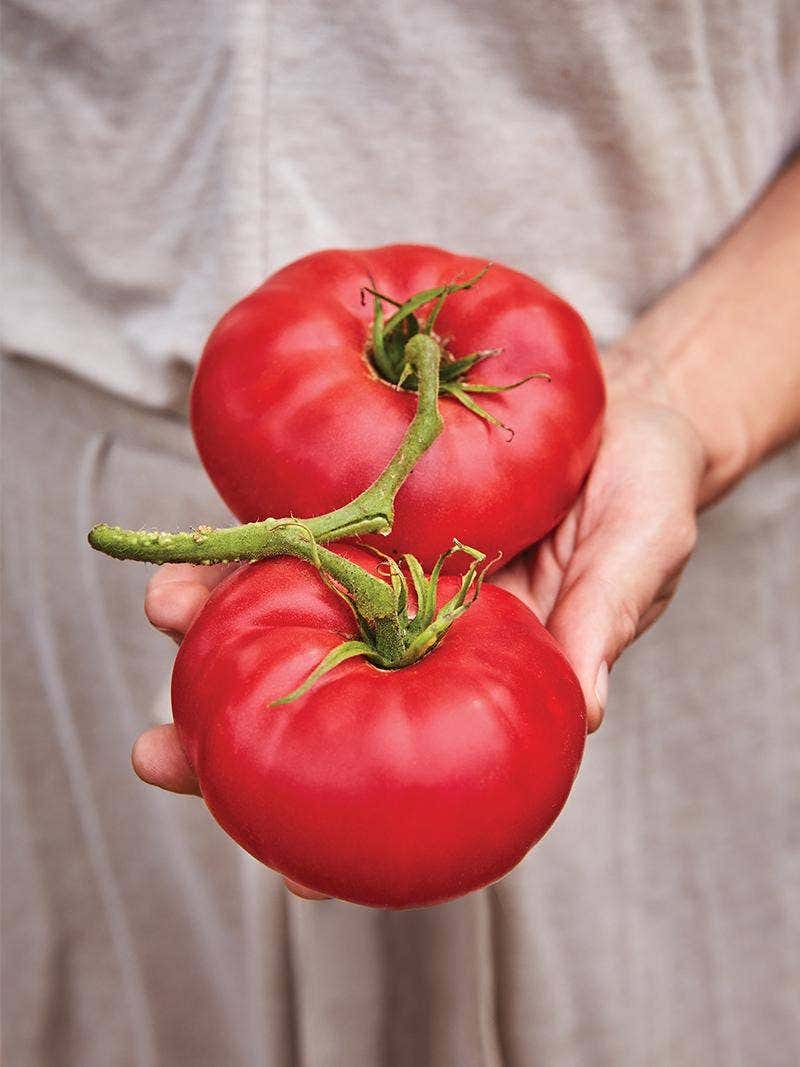

Are Heirlooms Harder to Grow?
While heirloom vegetables haven’t been bred to be disease-resistant like some modern hybrids, they’ve lasted for as long as they have because they’re an excellent choice for almost any garden. To ensure a bountiful growing season, try these tips for successfully growing heirloom vegetables.
- Prepare your plot: It all begins with healthy soil, so give the ground a boost by mixing in nutrient-rich compost before you plant your heirloom seeds.
- Enrich soil as needed: Test the pH to ensure you’re moving plants into a healthy home, and amend with an organic granular fertilizer, as needed. Heirloom veggies need a little extra TLC!
- Go with the flow: Good circulation and careful watering practices will prevent leaves from staying wet, which can lead to blight. Stake and prune plants to give them space to air out, and water close to the roots or, as an extra measure, use drip irrigation.
- Keep things clean: Throughout the growing season, remove any debris and infected plants as soon as possible to avoid transmission to others in the bed.
- Mix it up: Since different plants attract different pests and soak up different nutrients, crop rotation can reduce the chances of bugs and slugs moving in and prevent the soil from being depleted of key nutrients. Try alternating what you grow in a given spot annually, with the same crop returning to that location after three or four years.
How to Save Heirloom Vegetable Garden Seeds
One bonus of growing heirloom vegetables is that you can save the seeds from the veggies you harvest this year to plant next year! Unlike hybrids, heirloom plants produce seeds that are true to type, so you know what to expect every time. (Keep in mind, you have to isolate the heirloom plants from all others in the same species or the bees may cross pollinate.)
For dry-fruited plants like beans and grains, let the pods or husks dry on the plant before collecting the heirloom seeds. With wet-fruited crops such as eggplant and cucumber, allow the fruit to mature on the plant well past when you’d pick it to eat, allowing the seeds to fully mature. Then, separate the seeds from the pulp, clean them off in water, and allow them to dry on a nonporous surface such as a plate.
Once fully dry, you can store your heirloom vegetable seeds in an airtight container in a cool, dry spot for a year or two. Pick someplace where the temperature stays consistent year-round to ensure the seeds’ viability.
Favorite Easy-to-Grow Heirloom Vegetables
Choosing vegetables you can sow directly into your plot eliminates the need to start seeds indoors, harden off seedlings, and then transplant them into the garden. Here are a few direct-sow picks that’ll put fresh produce on your plate week after week.
‘Black Beauty’ Summer Squash
Harvest often to keep your plants producing fruit all season. The male squash blossoms are delicious, too.
‘Early Scarlet Globe’ Radish
One of the most popular home garden varieties for 100 years and counting! They’re high-yielding, crisp and juicy.
‘Blue Lake 274’ Bush Bean
If you like beans (who doesn’t?!), sow seeds every two weeks for a constant supply.
‘Red Winter’ Kale
When picking leaves from this tender green, leave the central bud so that the plant will continue to grow new leaves.
‘Evergreen Long White’ Green Onion
Cold-hardy and disease-resistant, this salad and stir-fry essential has a lot going for it.
Interested in growing heirloom flowers, too? Check out 5 of our favorite varieties!


